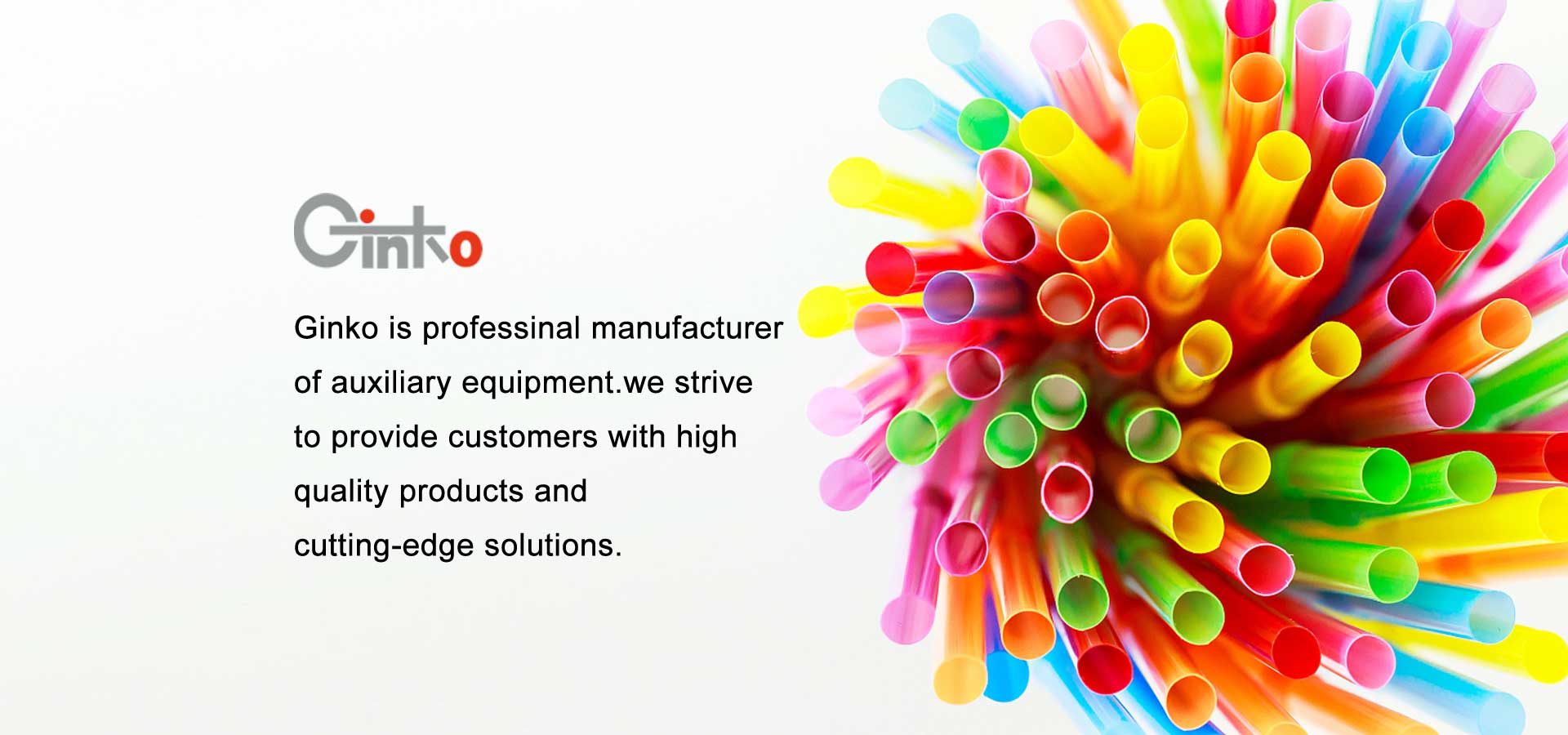Effect of ring die geometrical parameters on granulation quality
2020-06-09
1. The effective length of the die hole: The effective length of the die hole refers to the length of the die hole for material extrusion (forming), see Figure 8-25. The longer the effective length of the die hole (L in the figure), the longer the extrusion time of the material in the die hole, the harder the pellets after manufacture, the better the strength, and the better the pellet quality. On the contrary, the particles are loose, the pulverization rate is high, and the quality of the particles is reduced.
3. Die hole diameter: For a ring membrane with a certain thickness, the larger the hole diameter, the smaller the ratio of the length of the die hole to the hole diameter (length-to-diameter ratio), the material is easy to be extruded in the film hole, the productivity is high, and the shape The surface of the particles afterwards is smooth, not easy to crack, and the quality of the particles is good.
4. Mould hole spacing: The mould hole spacing is related to the nature of the pressed feed. For example, when pressing the feed with less abrasion, a ring membrane with a very close pore diameter can be used. To suppress feed with less abrasiveness, a ring membrane with very close holes can be used. For pressing feed with high abrasion, such as feed or fiber with high mineral content, a ring membrane with a large hole spacing is used.
5. The shape of the die hole: the shape of the die hole mainly includes straight hole, step hole, outer tapered hole and inner tapered hole, as shown in the figure:

The inner tapered hole is convenient for the material to enter the die hole. After the material enters the die hole, it is gradually compressed. Therefore, the inner tapered air-compressed product has high density, high hardness, and low pulverization rate; the outer tapered hole is conducive to the passage of particles and is not conducive to the material Entering the die hole, the compacted particles have small density and low hardness; the step also reduces the effective length of the die hole and shortens the extrusion time of the material in the die hole; the straight cylindrical die hole has moderate performance and is easy to manufacture. Therefore, the most common application.





